Huawei Enters the E-Paper Market
The device is based on Huawei’s internally developed Kirin 820E Chipset (7nm) and runs Huawei’s Hongmeng operatring system (Harmony OS2) which allows data to be transferred to any other Harmony device, which would include newer Huawei smartphones, and uses the M-pencil, also produced locally,, with up to 4,096 pressure sensitivity levels. Unfortunately the local production capacity for the device is still small and the device was sold out on an e-mall site after 1,000 nits were pre-sold so it will take time for Huawei to gain traction in terms of volume numbers, however given the company’s size and brand recognition in China, this new product category for Huawei should have an impact on the global e-paper market eventually as the global unit volume for e-paper tablets is ~15m units. The device sells for ~$471 US. The Kindle Oasis (high-end) sells for ~$280 (ad-supported).
Given the pressure on Huawei’s business segments, a result of the US sanctions against the company, Huawei has been looking to develop new business segments of expand those that it is able to source on the Chinese Mainland. While E-Ink is based in Taiwan, and should fall under the US trade restrictions, we expect that either a license has been granted by the US, given the low-tech nature of e-paper, or the details of the trade sanctions allow for pure technology licensing as it would be hard to prove that the license was based on technology developed using US produced tools. Either way it seems that Huawei was able to get around the ban in this instance but has been severely limited in where it can source its components, which likely accounts for the lack of supply, especially given the 7nm node processor, which would have to be produced by SMIC (688981.CH), China’s only 7nm capable fab (just barely), and would be in completion for that capacity with both itself and other Chinese CE companies that are under the same restrictions.




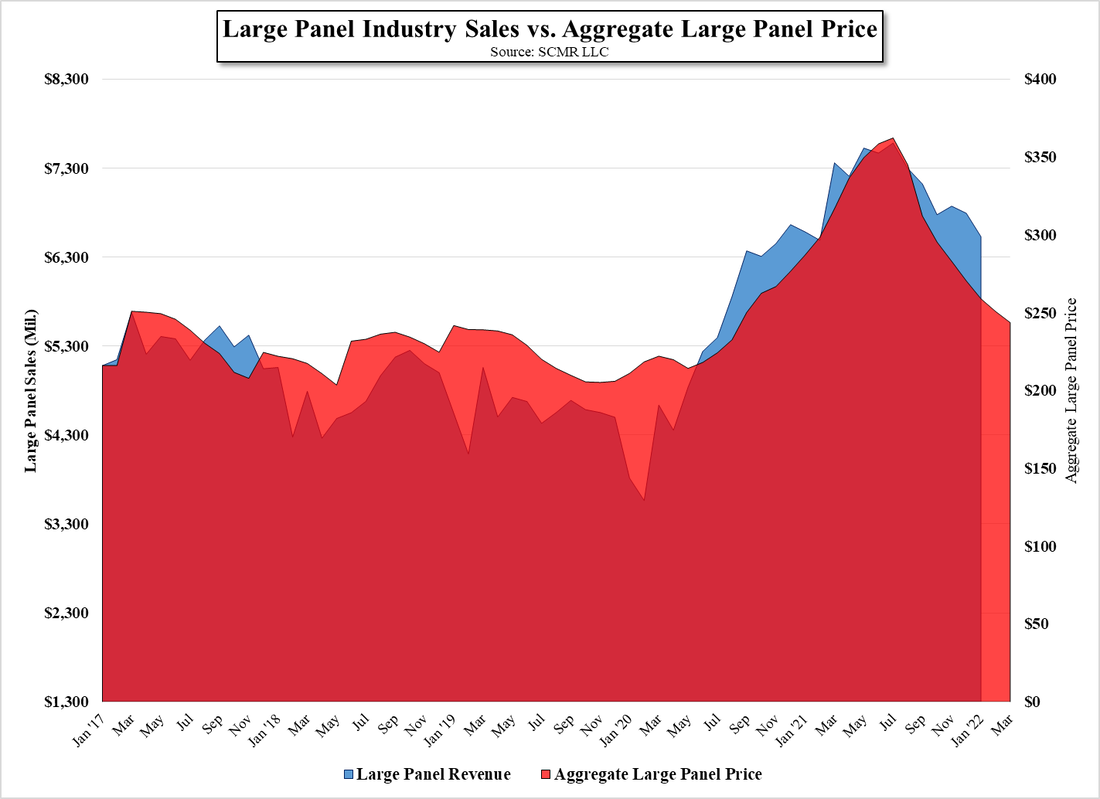
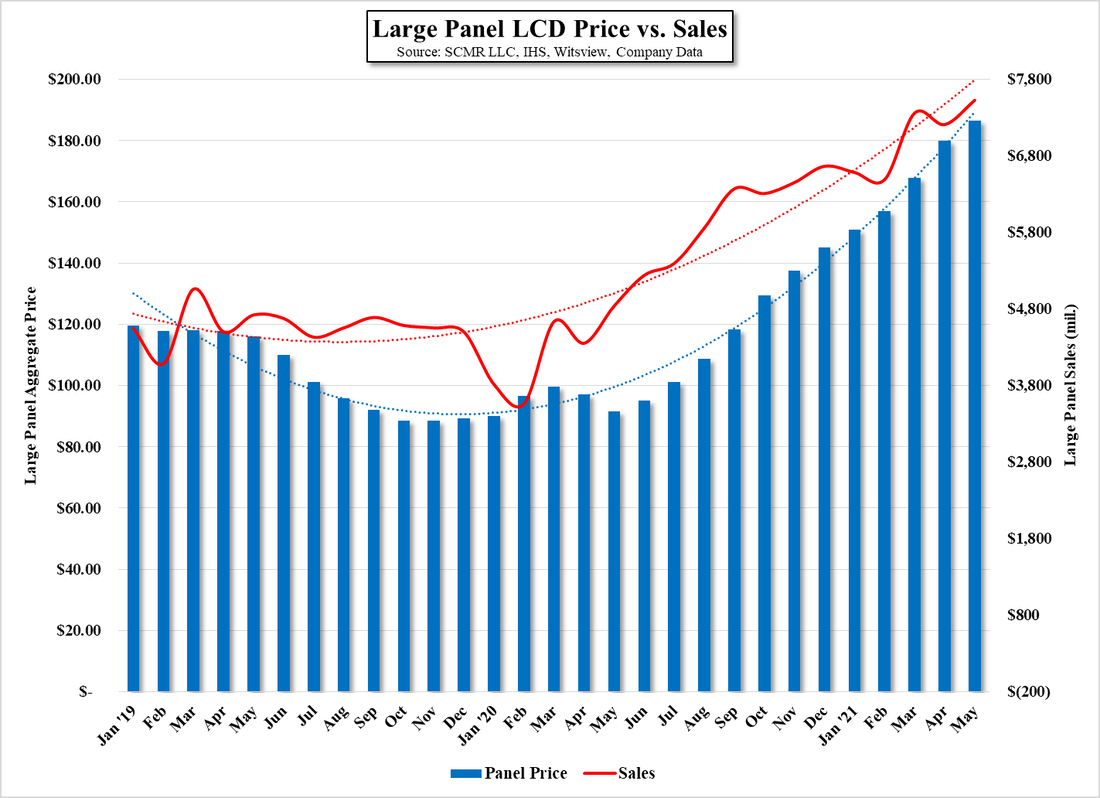
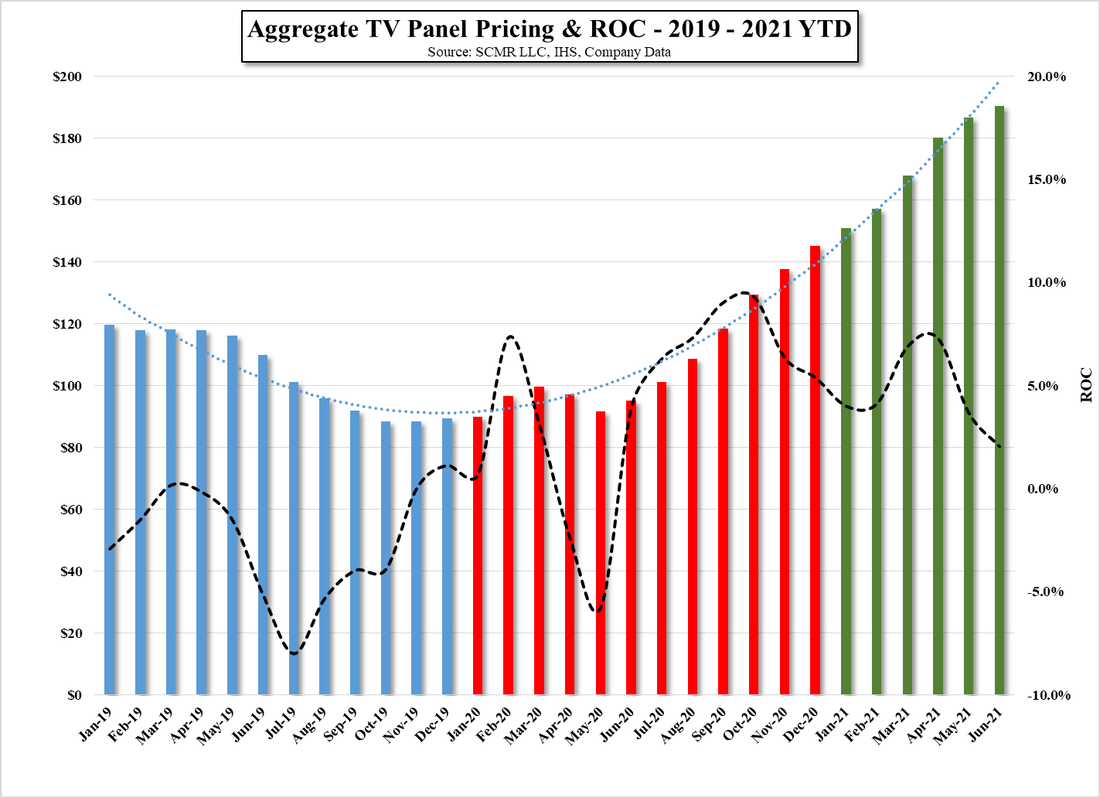


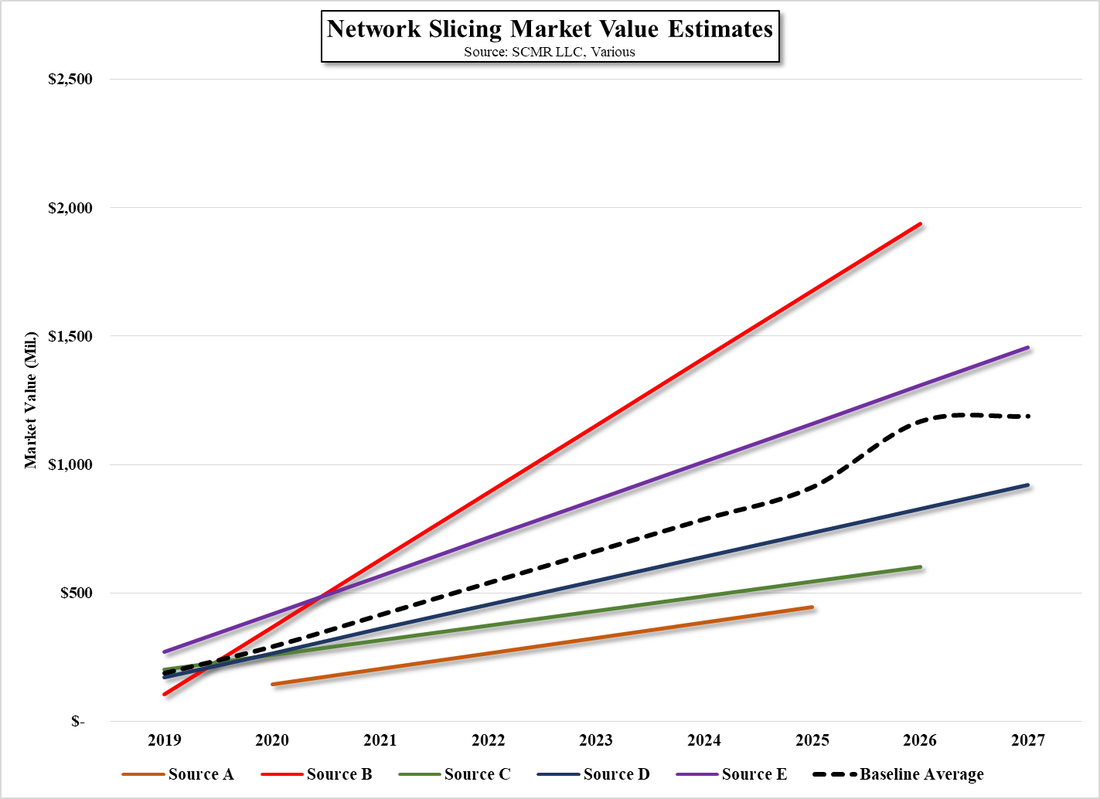
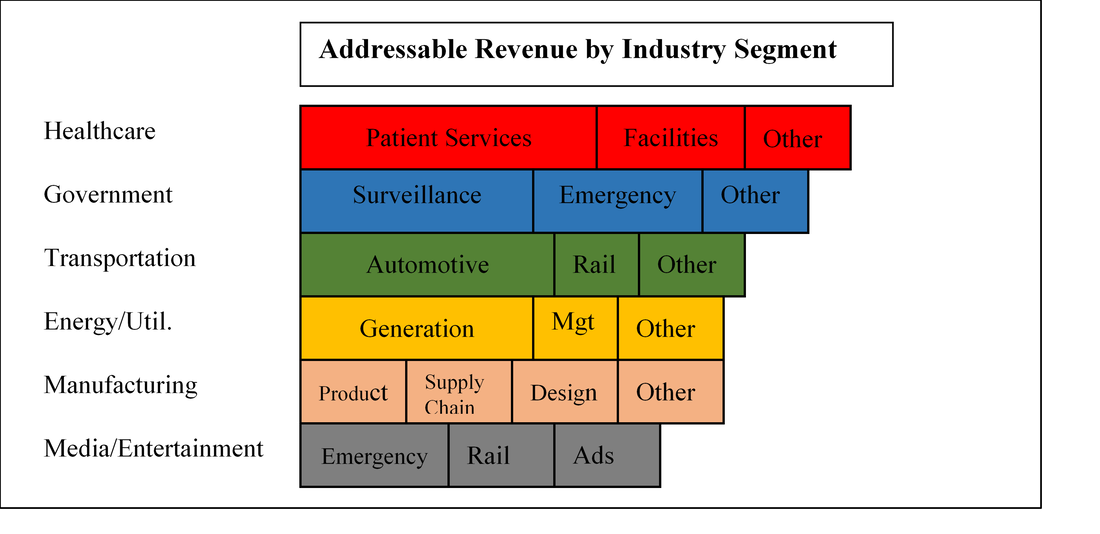



 RSS Feed
RSS Feed